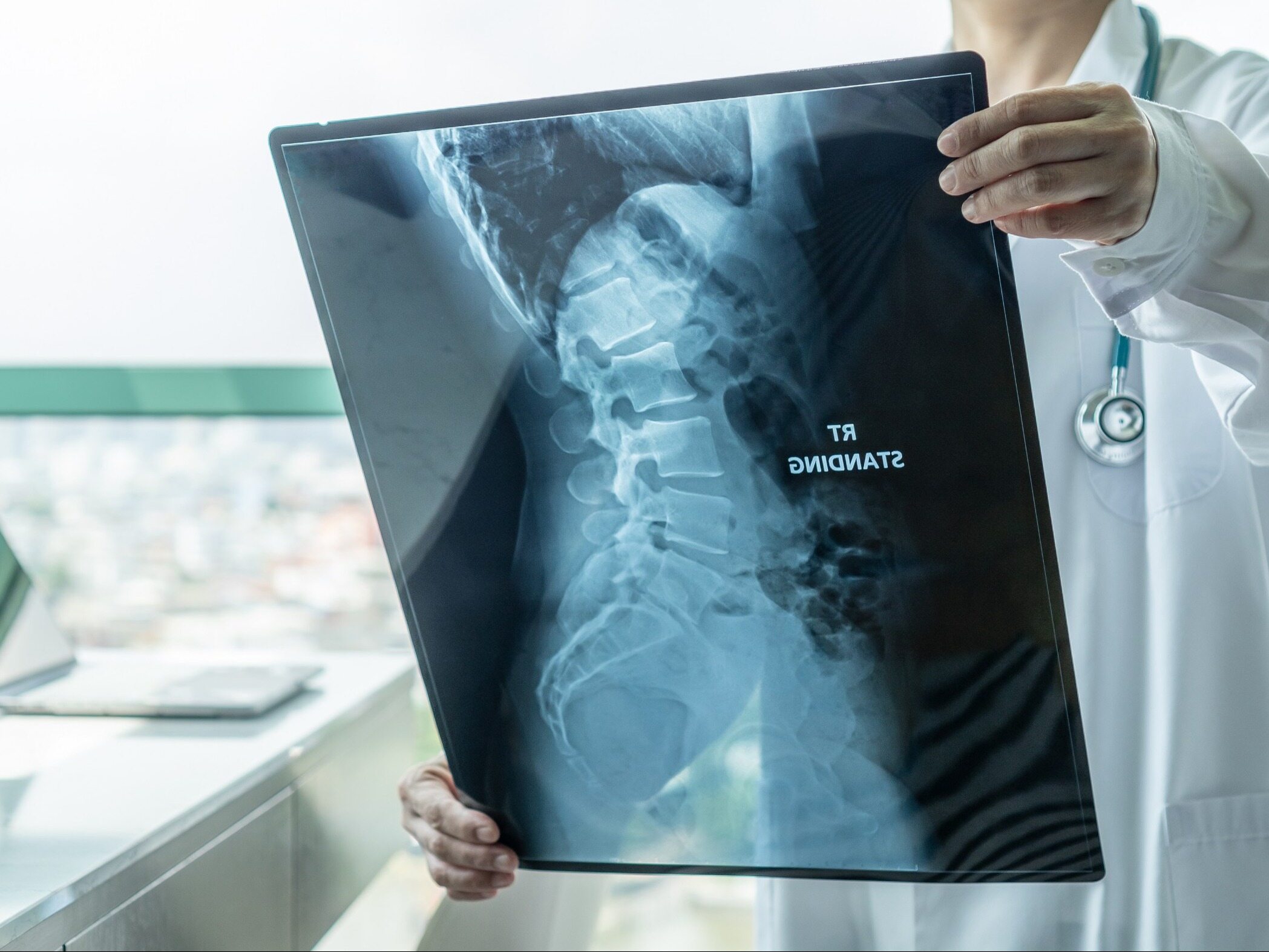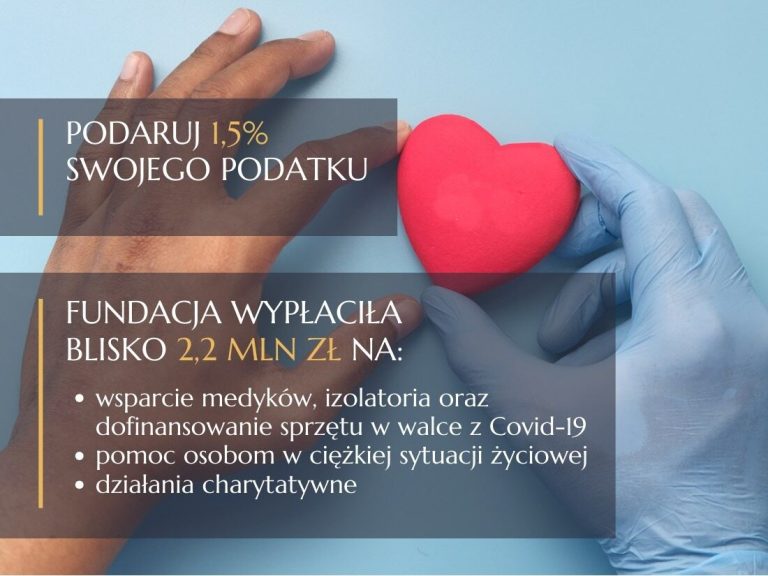Doctors join forces: lung cancer can be treated better in Poland

Lung cancer is the number one killer in Poland among cancer diseases. – Current treatment options in Poland are at a global level, but diagnostics and treatment organization are still poor, which is why patients come to treatment too late and are not always optimally treated. It is also necessary to limit cigarette smoking, today we are in the European lead in this respect – said experts during the debate inaugurating the Lung Cancer Mission 2024-34 project.
Poland is among the EU countries with the highest cancer mortality rates. Lung cancer is the leading cause of cancer deaths among both women and men. Every year in Poland there are around 22 thousand cases of lung cancer and almost the same number of deaths.
– We want these statistics to change significantly. We want to change Poland, the organization of treatment, all of us – emphasizes Prof. Dariusz M. Kowalski, head of the Conservative Department of the Lung and Chest Cancer Clinic of the National Institute of Oncology, secretary general of the Polish Lung Cancer Group.
Doctors who diagnose and treat lung cancer patients have decided to unite to change the disturbing statistics.
– This is a historic day for us; never before have so many medical and scientific communities united to work together. We want to change the way lung cancer patients are treated in Poland. We want to do everything we can to ensure that lung cancer patients are diagnosed earlier and treated more effectively – emphasizes Prof. Rodryg Ramlau, president of the Polish Lung Cancer Group.
– Our goal is to reduce the percentage of deaths from lung cancer from 24 to 15 percent within 10 years. This is possible, and today the treatment options are such that we could not even dream of a few years ago – adds Prof. Dariusz Kowalski.
Poland still smokes heavily, but lacks anti-smoking policy
Over 90% of people with lung cancer have been smoking cigarettes for many years. Despite knowledge about the harmful effects of smoking, in Poland still over 30% of adults smoke at least a pack of cigarettes a day. – In the EU, the most smokers are in Greece, Serbia and Bulgaria, but Poland is in the lead: currently 31% of men and 27% of women smoke cigarettes. It is worrying that during the COVID-19 pandemic, the number of smokers in Poland has increased even more. This will translate into disease statistics, because each increase in the number of smokers translates into an increase in the number of lung cancer cases – warns Dr. Jerzy Gryglewicz, an expert in the healthcare system.
There are countries that are much better at anti-smoking policies than Poland. An example is Sweden, where the number of smokers may soon fall below 5 percent of society. This shows that an effective anti-smoking policy can be implemented. In Poland, anti-smoking activities are not very effective. For example, there are only three full-profile smoking cessation clinics in the entire country. “Such clinics should exist in all oncology centers,” emphasizes Prof. Gryglewicz.
It is also disturbing that more and more young people are reaching for so-called new nicotine products: e-cigarettes, tobacco heaters.
– It is a myth that such products are harmless. They lead to addiction and we know perfectly well that this is a gateway to addiction. Our research shows that among teenagers aged 13-15, over 20% reach for nicotine products every day, and 44% of people of this age admit that they have no problems with buying traditional cigarettes, despite statutory bans – admits Dr. Paweł Koczkodaj from the Department of Epidemiology and Cancer Prevention, National Institute of Oncology.
Experts emphasize that banning the sale of so-called disposables: disposable electronic cigarettes will not solve the problem, because users of this type of product will switch to other nicotine products, which is why we should think about broader regulations and, above all, introduce health lessons in schools as soon as possible.
Let’s diagnose in a month, not in half a year
The possibilities of treating lung cancer have changed a lot in recent years: we are dealing with a revolution – new drugs have appeared, thanks to which even in the case of advanced cancer, patients can live for many years. However, it is important that the diagnosis is made as soon as possible and the patient starts treatment quickly.
Lung cancer develops insidiously and does not cause symptoms in the early stages, which is why it is important for people who have been smoking for many years to undergo low-dose computed tomography examinations.
– A pilot program for low-dose CT is in operation until the end of 2024, but we have assurances that it will continue to operate. The result of this test may suggest lung cancer. However, determining whether it is actually lung cancer or another disease or metastasis to the lung of another tumor is not easy, which is why it is necessary to be able to use modern diagnostic techniques – emphasizes Prof. Tadeusz Orłowski, vice president of the Polish Lung Cancer Group.
Primary care physicians play a huge role in early diagnostics: knowing that the patient is a smoker, they should mention a low-dose CT scan, and in the event of worrying symptoms (e.g. persistent cough despite treatment, shortness of breath), they should refer the patient for a CT scan and to a pulmonologist.
– The time from the first symptoms of lung cancer to diagnosis is 4 months or longer, this time must be shortened. Coordination of care for patients with suspected lung cancer and already diagnosed cancer is also very important: this should be done by qualified coordinators – emphasizes Prof. Beata Jagielska, director of the National Institute of Oncology.
– The possibilities of effective treatment that we already have today, however, depend on diagnostics: it still takes too long to refer a patient to a pulmonologist, to perform a CT scan, bronchoscopy, which is not always performed correctly, which means it has to be repeated, resulting in a median time from the moment of performing a CT scan of the chest to resection of the lung parenchyma of approx. 50 days – adds Prof. Maciej Krzakowski, National Consultant for Clinical Oncology, President of the Polish Society of Clinical Oncology.
Comprehensive diagnosis before starting treatment
Once lung cancer has been confirmed, it is essential that an accurate diagnosis of the subtype of cancer the patient has is made before treatment begins: this is very important because the use of many drugs, which are increasingly being introduced in earlier treatment lines, is dependent on the results of pathomorphological and molecular tests.
– The problem with lung cancer patient care in Poland is the fragmentation of the diagnostic and therapeutic process among many centers: over 400 thousand entities in Poland deal with the treatment of lung cancer. There is always a small amount of tissue material, which is why the patient should be cared for comprehensively and diagnosed in a comprehensive manner – emphasizes Prof. Artur Kowalik, head of the Molecular Diagnostics Department of the Świętokrzyskie Oncology Center.
Due to the fact that patients do not have diagnostic tests performed on time, they often do not have the opportunity to apply appropriate treatment, although formally drugs are available and reimbursed in Poland. – We have access to modern therapies at the European level, but expenditure on molecular diagnostics must increase, because without performing appropriate tests, treatment cannot be applied – emphasizes Prof. Kowalik.
– When I started working at the Lung and Chest Cancer Clinic, the treatment results were such that only 10% of patients survived a year. Currently, 30% of patients who receive immunotherapy survive 5 years or more. We have a world-class drug program for treating lung cancer, sometimes we even have better treatment options than in many Western European countries, but diagnostics are often too late or too weak to apply optimal treatment. This must change – emphasizes Prof. Kowalski.
Patients can’t wait
– The time from suspicion and first symptoms, through diagnosis to the start of treatment, is crucial, meanwhile many patients lose the chance for radical treatment, and consequently recovery, because the diagnostic process has been dramatically delayed. Currently, perioperative treatment has gained importance, highly radical with the intention of recovery, which can only be carried out after very detailed diagnostics. All this therefore forces the establishment of highly specialized centers, which will eventually cover the entire country – emphasizes Prof. Ramlau.
A month ago, a team of specialists in thoracic surgery, pulmonology and oncology was appointed. – As part of this team, we have developed the structure and requirements that the competence center: Lung Cancer Unit will meet. I think that this is the last stage of agreements, and at the next meeting of the National Oncology Council we will be able to present the project, which will later be handed to the Minister, we will wait for its implementation – emphasizes Prof. Maciej Krzakowski.
– Patients encounter many barriers, and the diagnostic time is too long. We have great hopes for the implementation of Lung Cancer Units, where patients will have access to appropriate specialists, tools and technologies, which will translate into shorter diagnostic times and inclusion of more patients in the drug program – says Aleksandra Wilk, director of the Lung Cancer Section at the TO SIĘ LECZY Foundation.






